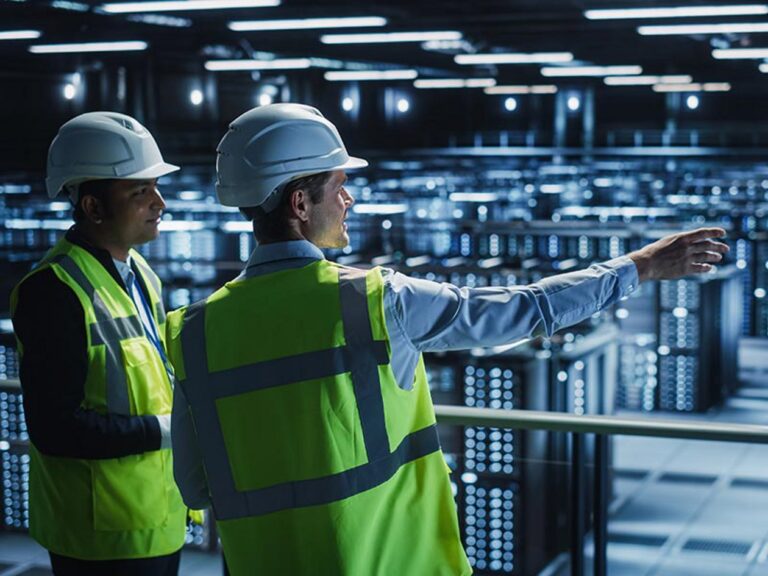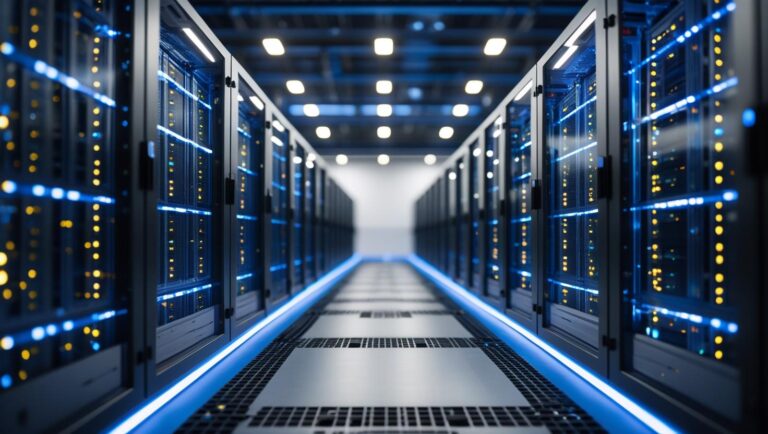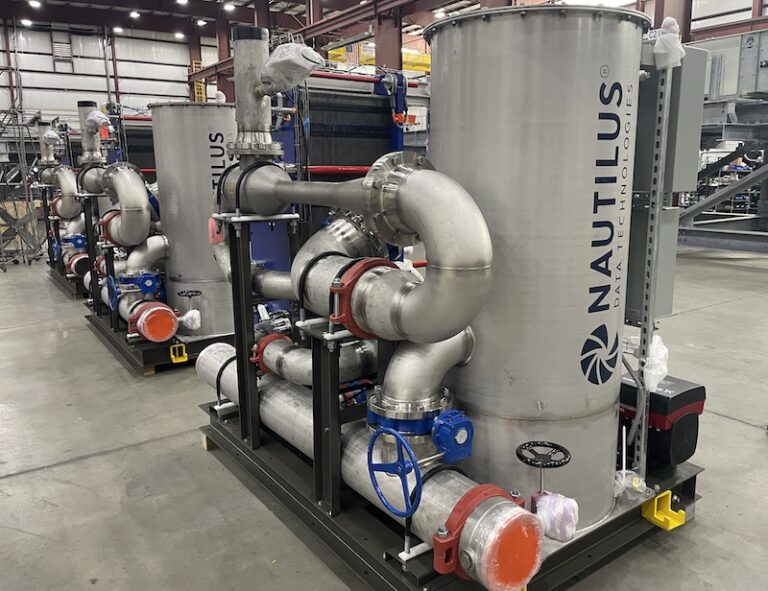Sustainability is on the radar for data center designers, builders, and operators.
As regulators and citizens are becoming anxious at the demands data centers place on scarce water resources, power generation, and power distribution, all of us in the industry are rethinking how we build and operate our data centers. Whether by committing to zero water consumption, carbon neutrality, or simply driving down PUE, we’re putting time, money, and effort into sustainability improvements.
However…could these shifts put industry sustainability efforts at risk?
The first of these is the rise of smaller data centers.
We’ve all heard about 100MW, 250MW, even 500MW data centers in the planning and construction stages, and of course those data centers get all the press. However, for every huge data center, there are dozens of smaller data centers being built. Due to challenges with power distribution, site selection, and supply chain gaps, we’re already seeing more and more 1MW-5MW data centers designed and delivered than ever before.
The second shift is the rise of distributed computing.
Distributed computing and edge computing, both of which are designed to put some workloads, with demanding compute, storage, and networking, as close to the end user as possible, are becoming more and more common. Corporate data center trends show that by 2025, 75% of data creation and processing will be outside the range of traditional and cloud data centers. Whether that’s due to a need to solve latency issues, a need for greater resilience, proliferation of IoT infrastructure, or a need for a compute mesh spread over multiple locations to handle analytics, organizations increasingly see the need to roll out dozens or hundreds of small, distributed computing nodes or racks or containers.
The third shift is the move toward second-tier and third-tier cities. We’re already seeing massive growth to builds in those locations to do a better job of accommodating where data is generated and where data is consumed. Many of those builds will be small builds in order to get new capacity in those markets online as quickly as possible.
These three trends don’t seem problematic on the surface. However, where sustainability is concerned, there’s a critical question:
Can smaller data centers, distributed micro-data centers, and edge computing nodes be as efficient as large data centers?
After all, it seems logical that spreading workloads across thousands of micro-data centers and edge computing nodes will work against the demands for a more sustainable industry.
Will these shifts impede industry efforts around sustainability?
Of course, it seems logical that organizations gain sustainability efficiencies at scale. But fortunately, we’ve seen certain efficiencies emerge because of the rise of smaller data centers and distributed computing.
How?
- Data movement costs money, and keeping information locally reduces the power costs of switching from an endpoint to a cloud and back again. The content delivery companies learned that several years ago.
- When you get to 1-10MW data centers, you can often get away with more free cooling. When you have 50MW of power consumption, you almost absolutely need active cooling — but smaller density data centers are more easily cooled with free air cooling.
- Tiny deployments, like edge nodes, can often get away with completely passive cooling.
- Some new technologies, including immersion cooling and innovations like the Nautilus approach, can deliver hyperscale-like PUE levels in small data centers and tiny enclosures.
- Smaller data centers can be used to provide heat. There’s even a company in the UK that is installing servers in homes and using the heat to heat hot water for human use!
So there are proven ways to maximize the energy and water utilization efficiency of smaller data centers and edge nodes.
In conclusion, we don’t see that the shift toward smaller data centers has to impede sustainability. In reality, we see that small nodes and data centers can be just as sustainable as hyperscale data centers. We’re excited about leading the charge toward low PUE and zero water consumption in small and large data centers around the world.
To learn more about how Nautilus delivered a highly sustainable 7MW data center in Stockton, California, tap here.


